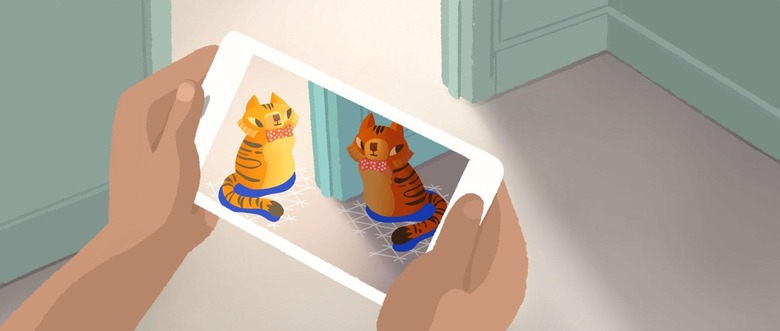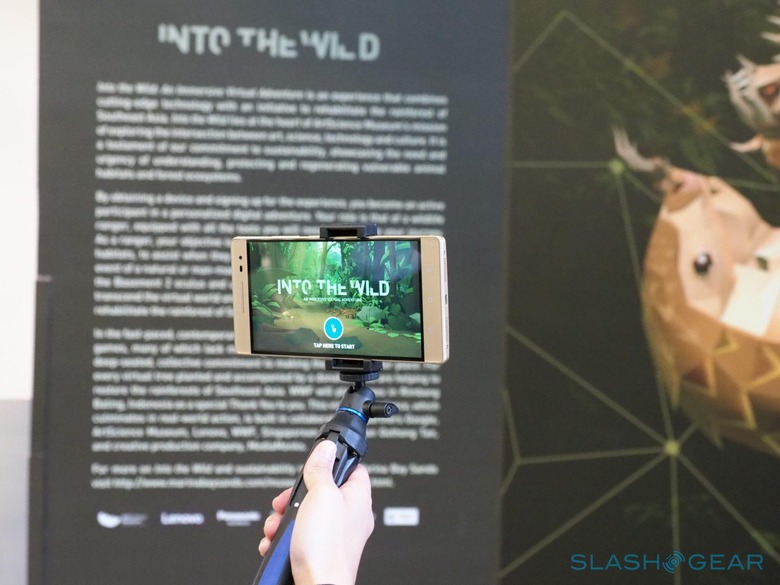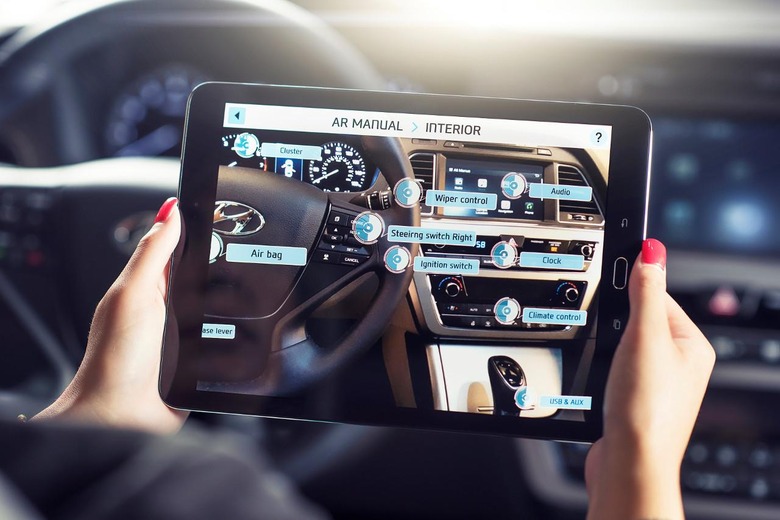ARCore And ARKit: What AR On Your Phone Can Do For You
Mobile augmented reality isn't really new. Even before Oculus, Vive, and HoloLens, there were already traces of the use of AR on our phones, from the AR-powered Layar map app to the not so AR Pokemon GO game. With the arrival of Apple's ARKit and Google's ARCore, AR has the potential to become even more widespread than it has ever been before. But what can augmented reality on a tiny screen really do? And does it have the potential to have use beyond stickers and games? We take a look at some of the practical applications of ARCore and ARKit apps to find out.
VR vs. AR, PC vs. Mobile, fake AR vs. real AR
The difference between VR and AR has been discussed to death, so we won't repeat it here. Suffice it to say, AR superimposes digital objects on top of real-world ones instead of creating everything digitally. Augmented reality naturally has its fullest expression and potential on PCs, with devices like Microsoft HoloLens and the still to be launched Magic Leap. That power comes at the price of cost, system requirements, and mobility.

With mobile AR platforms like ARCore and ARKit, you can just whip out your phone when and where you need to use an AR app. That has always been the case with the "old" AR apps, but those were crude and simplistic. They simply overlaid images on the camera viewfinder in very artificial and often unconvincing ways. ARCore and ARKit use both the phone's sensors, like camera and gyro, as well as computer vision and algorithms to really make the objects look like they're part of your world.
Marketing and Advertising
The biggest potential mobile AR has, and also the most chance for profit, is in retail and advertising. We are already seeing apps from retailers, particularly home furnishing sellers, with AR features. These allow users to easily place a vase or a sofa on an empty spot in the room to see how well it will match the decor.
It won't be long before these apps will also be able to give approximate measurements so users can be sure the products will fit before they put in an order.
AR won't be used just for testing out products either. They can also be used to place advertisements in places and ways that would otherwise be impossible to do. From floating signages to interactive objects to promos for upcoming films, AR could increase customer involvement, at least while they're new. And because users will have to take out their phones to view them, they won't be as intrusive or in your face as other ads might be.
Education
There is only so much you can do inside a classroom, even with the power of the Internet. Augmented reality practically inserts a nearly infinite dimension to place interactive objects in. That old Project Tango dinosaur demo can easily be replicated now with ARCore. Museums can add AR experiences that can add more information than they can squeeze into physical material like paper.
While virtual reality has the advantage of taking users to places they may never be able to reach, AR still trumps it when it comes to coming back to reality.

Medicine and Industry
The ability to overlay information on top of the right objects or right parts of objects is one of AR's biggest strengths. This would allow users, for example, to view and identify different parts of a body or a machine and gain information about those. While this might be a case where an AR headset might be more practical, leaving the hands free to do work, even a smartphone can be a useful informational tool in a pinch. Someday, AR can even take the place of boring manuals that you either have to read like an e-book or, worse, like a physical book.

Entertainment
Of course, ARCore and ARKit will be flooded with games and stickers. The tools make it too easy to let your imagination and whimsy go wild. That doesn't mean that we won't see more substantial ones in the very near future. The Star Wars AR Stickers were already a step up from the usual fare and there are already attempts at bringing a TiltBrush experience to phones. Do expect things to get out of hand first before they settle down.
Wrap-up: mobile AR needs champions
Augmented reality on phones definitely as a lot of potential. Especially because it turns every phone into an AR viewer, no headset required. Sadly, there still doesn't seem to be any strong names yet that could represent this budding market. ARKit and ARCore need to grow fast because the window of opportunity for keeping users' interests alive is closing fast as well. They need to make their case that AR isn't just a whimsical fad and a cash grab for stickers and movie tie-ins. It has the potential to make a difference, but Google, Apple, and app developers need to turn that into reality soon.
